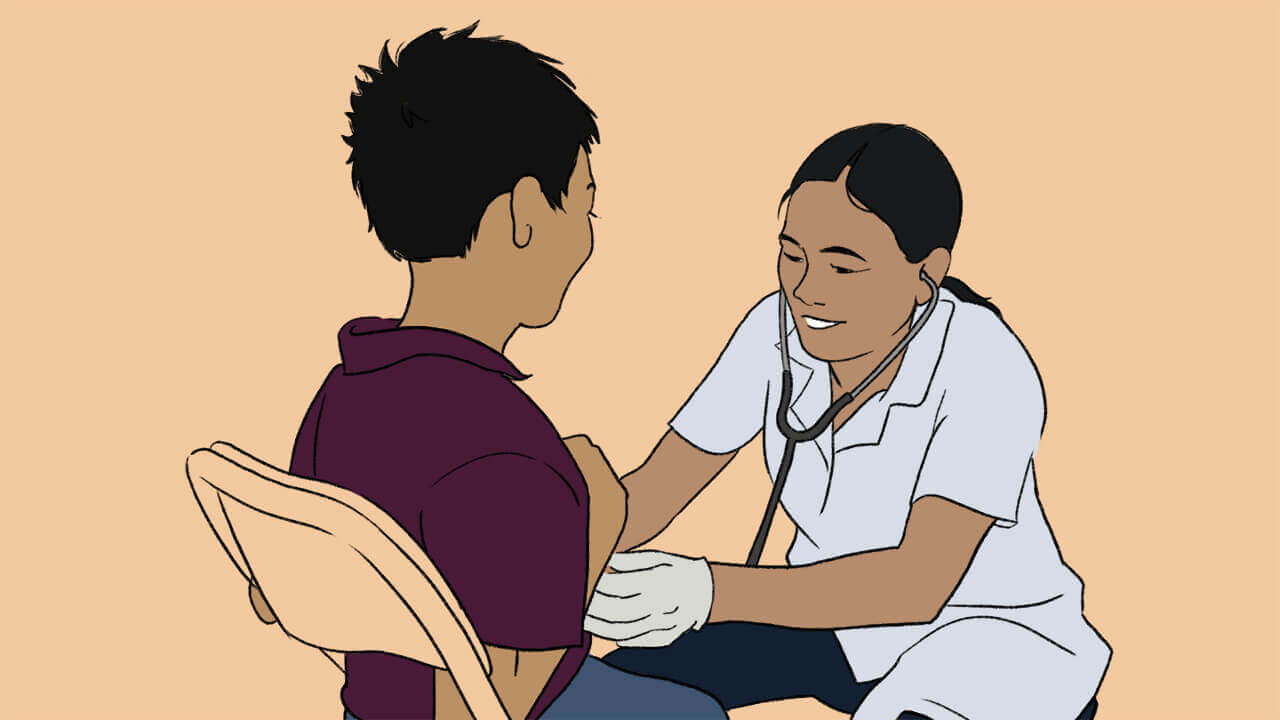Toolkit Home / Introduction to the toolkit
Why did we create this toolkit?
This toolkit explains the rationale for the Strategic Health Purchasing Progress Tracking Framework and provides step-by-step guidance on how to apply it. The purpose of the toolkit is to provide guidance for a system-wide assessment of purchasing; and identify entry points and foundational steps to build toward more strategic approaches to purchasing. The Toolkit also documents lessons and resources from the Framework’s application in more than 20 countries in Africa and Asia.
The toolkit was created to:
- Respond to requests to make the Strategic Health Purchasing Progress Tracking Framework more widely accessible.
- Create a common public good for the health financing and health policy community to improve strategic health purchasing in their countries.
- Enhance the quality of future applications of the Framework through lessons from country experiences.
- Build a more harmonized global understanding of health purchasing schemes using a common methodology.
Existing conceptual frameworks for strategic purchasing — including those from the World Health Organization, Research for Resilient Health Systems (RESYST) and others — have facilitated high-level advocacy and policy dialogue, and they have framed research and analytical work to describe and understand countries’ purchasing arrangements. What has been missing is a framework and approach that combines the conceptual framing of strategic purchasing with practical guidance to describe and assess purchasing in sufficient detail to inform policy.
To fill this gap, the Strategic Purchasing Africa Resource Center (SPARC) built on existing frameworks and focused on the core purchasing functions of benefits specification, contracting arrangements, provider payment and performance monitoring. The resulting Strategic Health Purchasing Progress Tracking Framework provides a practical approach to understanding purchasing and explores factors that can either strengthen or weaken purchasers’ power to directly influence resource allocation and provider behavior. Between 2019 and 2022, the researchers, with support from Results for Development (R4D), applied the Framework in ten African countries. In 2023, the toolkit was adapted for use by the Southeast Asia Regional Collaborative for Health (SEARCH) and applied in another 10 Southeast Asian countries. And it continues to be applied in other countries by other researchers globally.
Who is the toolkit for?
This is an open-source resource that can be used by researchers, academics, policymakers and anyone interested in improving health purchasing in their country and learning more about strategic health purchasing. The primary audience is research or technical teams interested in applying the Framework, learning more about strategic health purchasing, and/or contributing their knowledge and experience in strategic health purchasing. These research teams may include academics, researchers, health financing experts or policymakers interested in understanding purchasing in their countries.
The Toolkit assumes that users have a basic understanding of health financing. This toolkit is not intended as a health financing course, but as an adjunct for research teams applying the Framework in their countries.
The Framework was been applied in ten African countries to facilitate dialogue on what drives progress and to promote regional learning. Since the initial application of the Framework by SPARC, it has been adapted for use in ten countries in Southeast Asia by the South East Asia Regional Collaborative for Health (SEARCH) at the Saw Swee Hock School of Public Health – National University of Singapore.
![]()
Learn from experts who used the Framework to assess the strategic health purchasing landscape in Southeast Asia:
How to apply the Framework to improve health purchasing
The toolkit provides guidance to apply the Framework through four steps:
- Planning and preparing — In step 2, you will collect data through secondary literature reviews and primary data collection. In step 1, you will develop your study concept and work plan, assemble your study team, and engage key stakeholders to obtain their buy in and data collection approvals.
- Data collection — In step 2, you will collect data through secondary literature reviews and primary data collection.
- Data analysis and validation — In step 3, you will analyze your findings and convene your stakeholders to validate the data.
- Sharing findings for decisions and actions — In step 4, you will package your findings and key messages for dissemination to your stakeholders.
Because the goal is to use the results to improve purchasing, each step includes techniques to engage decision-makers.
The four steps are presented as a linear sequence, but you will go back and revisit/revise some steps. These are flagged with a return arrow . For example:
- In Step 2 after collecting data on the purchasing power of several purchasers, you may find you
missed a significant purchasing agency, go back and add another purchaser to the Data Synthesis
and Analysis Tool and invite its leadership to the stakeholder group established in Step 1. - In Step 3 you may realize you need to go back and seek additional data and clarifications (Step 2)
on how providers are contracted to reach conclusions on the provider payment method. - Your initial presentation of findings in Step 4 may yield suggestions for further analysis (Step 3).
















